How do electric cars work?
If you want to understand how electric cars, or EVs, work and what the difference between hybrid and pure electric cars is then read on.
Already decided on an EV?
Check out our great electric car lease deals at great prices.
How does the electric car engine work?
Electric cars function by plugging into a charge point and taking electricity from the grid. They store the electricity in rechargeable batteries that power an electric motor, which turns the wheels. Electric cars accelerate faster than vehicles with traditional fuel engines – so they feel lighter to drive.
How does charging work?
You can charge an electric vehicle by plugging it into a public charging station or into a home charger. There are plenty of charging stations around the UK to stay fully charged while you're out and about. But to get the best deal for home charging, it's important to get the right EV electricity tariff, so you can spend less money charging and save more on your bill.
EVs and their range
How far you can travel on a full charge depends on the vehicle. Each model has a different range, battery size and efficiency. The perfect electric car for you will be the one you can use for your normal journeys without having to stop and charge up halfway through. Explore our EV leasing options.
What types of electric cars are there?
There are a few different types of electric vehicle (EV). Some run purely on electricity, these are called pure electric vehicles. And some can also be run on petrol or diesel, these are called hybrid electric vehicles.
- Plug-in electric - This means the car runs purely on electricity and gets all its power when it's plugged in to charge. This type doesn't need petrol or diesel to run so doesn't produce any emissions like traditional cars.
- Plug-in hybrid - These cars mainly run on electricity but also have a traditional fuel engine so you can use petrol or diesel too if they run out of charge. When running on fuel, these cars will produce emissions but when they're running on electricity, they won't. Plug-in hybrids can be plugged into an electricity source to recharge their battery.
- Hybrid-electric - These run mainly on fuel like petrol or diesel but also have an electric battery too, which is recharged through regenerative braking. These let you switch between using your fuel engine and using 'EV' mode at the touch of a button. These cars cannot be plugged into an electricity source and rely on petrol or diesel for energy.
What are the inner parts of an EV?
EVs have 90% fewer moving parts than an ICE (Internal Combustion Engine) car. Here's a breakdown of the parts that keep an EV moving:
- Electric Engine/Motor - Provides power to rotate the wheels. It can be DC/AC type, however, AC motors are more common.
- Inverter - Converts the electric current in the form of Direct Current (DC) into Alternating Current (AC)
- Drivetrain - Most EVs have a single-speed transmission which sends power from the motor to the wheels.
- Batteries - Store the electricity required to run an EV. The higher the kW of the battery, the higher the range.
- Charging - Plug into an outlet or EV charging point to charge your battery.
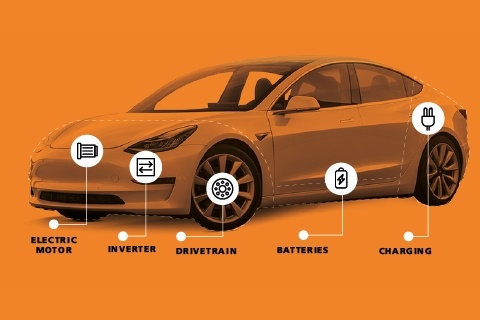
EV batteries - capacity and kWh explained
Kilowatts (kW) is a unit of power (how much energy a device needs to work). A kilowatt-hour(kWh) is a unit of energy (it shows how much energy has been used), e.g. a 100 watt lightbulb uses 0.1 kilowatts each hour. An average home consumes 3,100 kWh of energy a year. An electric car consumes an average of 2,000 kWh of energy a year.
Electric car charging
How to charge an EV?
You can charge an electric vehicle either by plugging it into a socket or by plugging into a charging unit. There are plenty of charging stations around the UK to stay fully charged while you're out and about. There are three types of chargers:

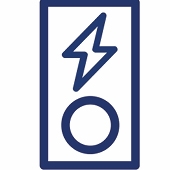
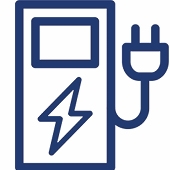
How long does it take to charge an electric car?
There are also three EV charging speeds:
- Slow - typically rated up to 3kW. Often used to charge overnight or at the workplace. Charging time: 8-10 hours.
- Fast - typically rated at either 7Kw or 22kW. Tend to be installed in car parks, supermarkets, leisure centres and houses with off-street parking. Charging time: 3-4 hours.
- Rapid - typically rated from 43 kW. Only compatible with EVs that have rapid charging capability. Charging time: 30-60 minutes.
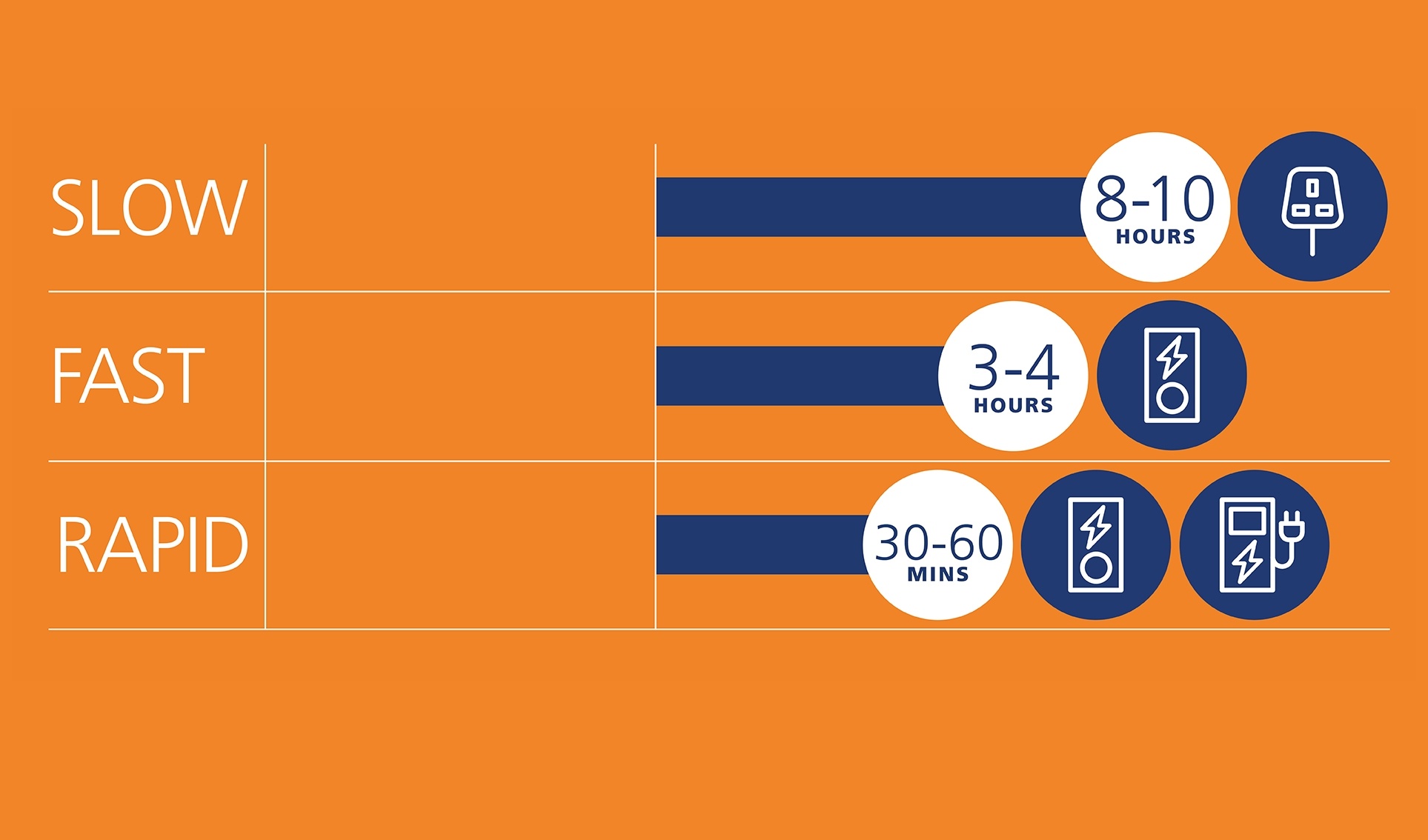
Charging up in changing seasons
The weather affects how much energy your electric car consumes. You have a larger range in summer and smaller range in winter.
Charging on the go
Don't forget to download the Zap-Map app to find the nearest charge station when you're out and about.
How far can you travel on one full charge?
An EVs range is dependent on the battery size (kWh). The higher the EV battery kWh, more power, the further you travel. Here are examples of how far some electric cars charge will go:
- Volkswagen e-Golf - range: 125 miles - equivalent to a journey from Bristol to Snowdonia National Park.
- Hyundai Kona Electric - range: 250 miles - equivalent to a journey from London to the Lake District.
- Jaguar I-Pace - range: 220 miles - equivalent to a journey from Edinburgh to Birmingham
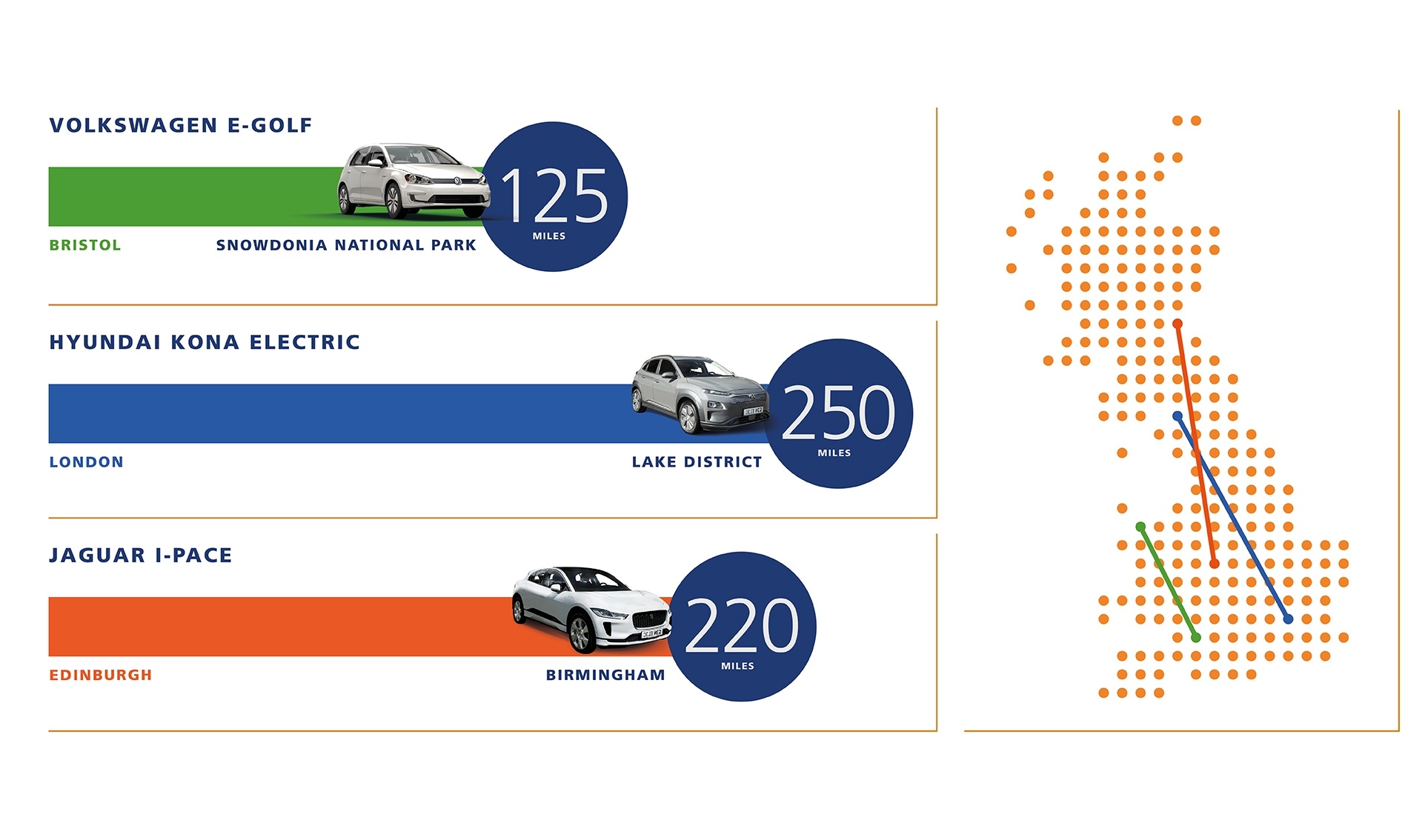
Are you ready to switch to an EV?
Electric cars vary in price, just like petrol cars. You can find out more about buying an EV in our handy guide. Or consider leasing - a great option that lets you enjoy a new car without a huge upfront spend. We've got great EV leasing offers and you can also get your EV home charger with us plus, we have a range of EV tariff's to power your car and home for less.
You may also enjoy these
EVs and the environment
Find out exactly what electric cars mean to our environment.
Looking at green energy?
Green energy tariffs are great for our planet. Make sure you know the real green tariffs from the green-washed ones.
Reducing your carbon footprint
Read our easy tips on reducing your carbon emissions at home and saving on your energy bills at the same time.